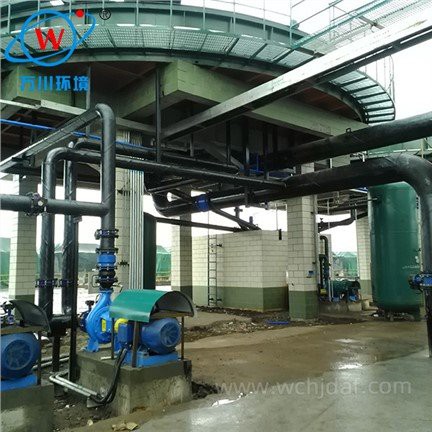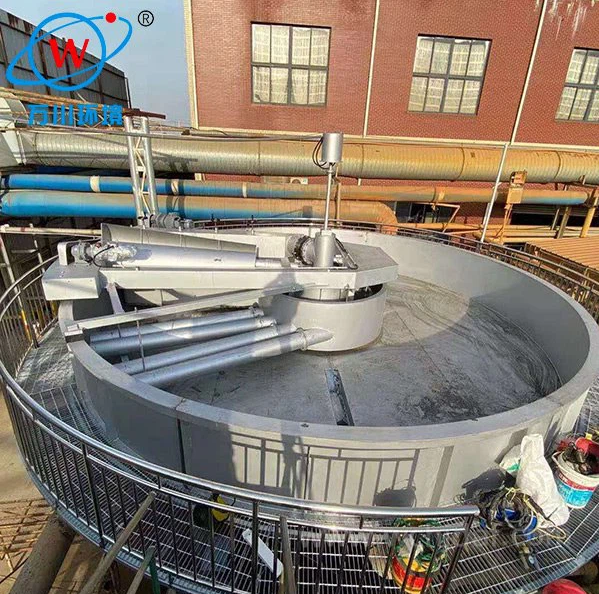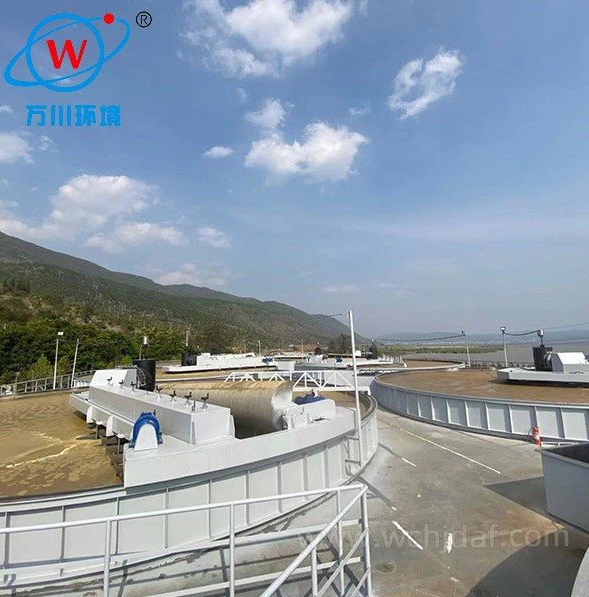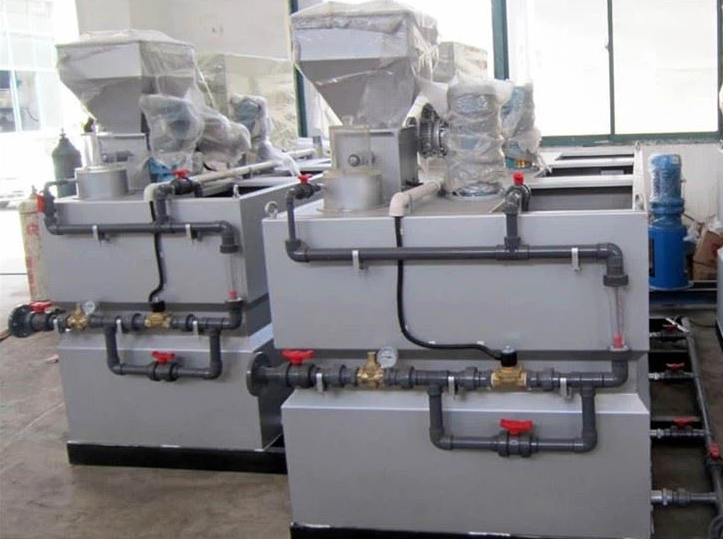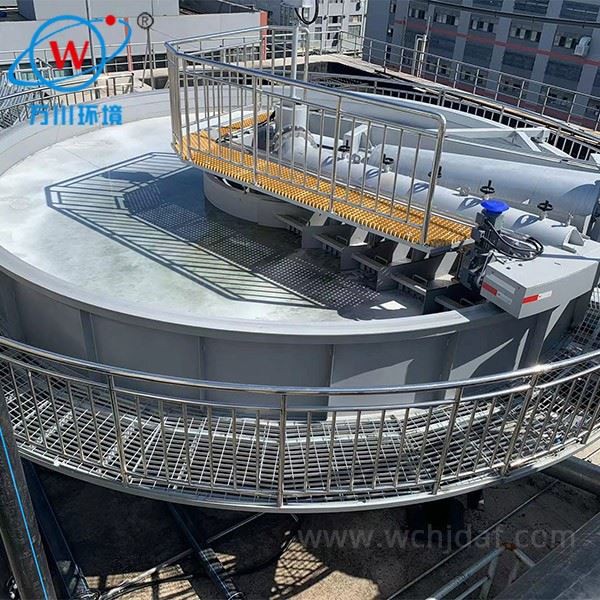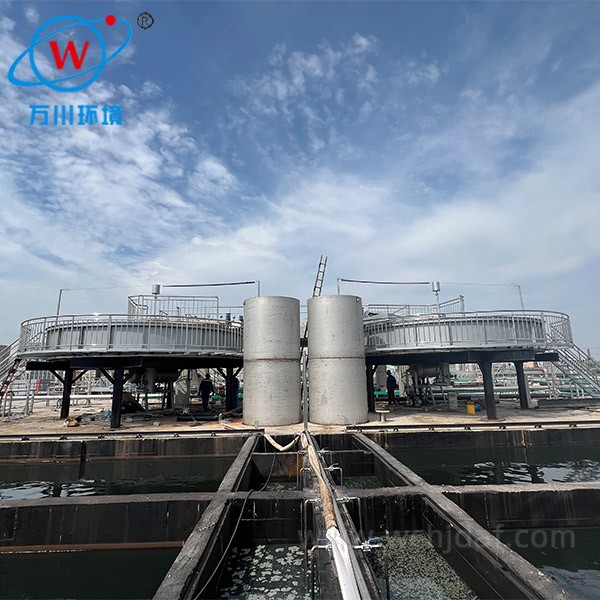Sedimentation Tank Bubble Troubleshooting Guide
1
Identify the Source of the Bubbles
- Check for anaerobic reactions at the bottom of the tank
- Investigate if sludge has not been discharged for extended periods (microbial decomposition may generate gas)
- Examine inlet water for significant air entrainment
- Inspect for air being drawn into pumps or leaking pipes
- Determine if bubbles are entering with inlet water
Diagnostic Tip: Bubbles from biological activity will typically have a sulfurous odor, while mechanical aeration bubbles will be odorless and more uniform in size.
2
Address Air in the Inlet Water
- Inspect inlet pipes and pumps for tight seals
- Prevent air intrusion at all connection points
- Consider installing energy dissipators for turbulent inflows
- Slow water flow to reduce bubble formation
- Ensure smooth transition into tank
3
Improving Sludge Conditions
- Implement timely sludge drainage from tank bottom
- Prevent prolonged sludge retention and anaerobic fermentation
- Establish regular sludge agitation schedule
- Disrupt anaerobic environments to reduce gas generation
- Prevent sludge compaction and localized gas pockets
4
Optimizing Equipment Operation
- Verify proper function of scrapers and moving equipment
- Prevent sludge accumulation from equipment failure
- Adjust sludge removal frequency and intensity
- Ensure timely sludge removal
- Eliminate conditions for long-term stagnant layers
5
Adjusting the Tank Environment
- Monitor and control pH levels carefully
- Manage dissolved oxygen content
- Inhibit excessive anaerobic microorganism growth
- Consider clean water injection for sludge agitation
- Release accumulated gas through controlled mixing
- Improve overall hydraulic conditions
Systematic implementation of these measures will effectively reduce bubble formation, improve sedimentation efficiency, and maintain optimal tank performance.

